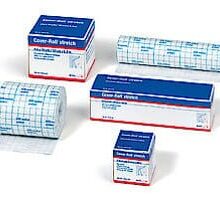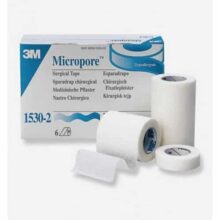Adhesive Non-Woven Fabric – 10M Roll
Login For Dealer Pricing
Use DynaPro Adhesive Non-Woven Fabric for fixation of your primary wound dressings. Its latex free and hypoallergenic construction will ensure that your patients with sensitive skin will enjoy the security it offers with no long term wearing discomfort.





